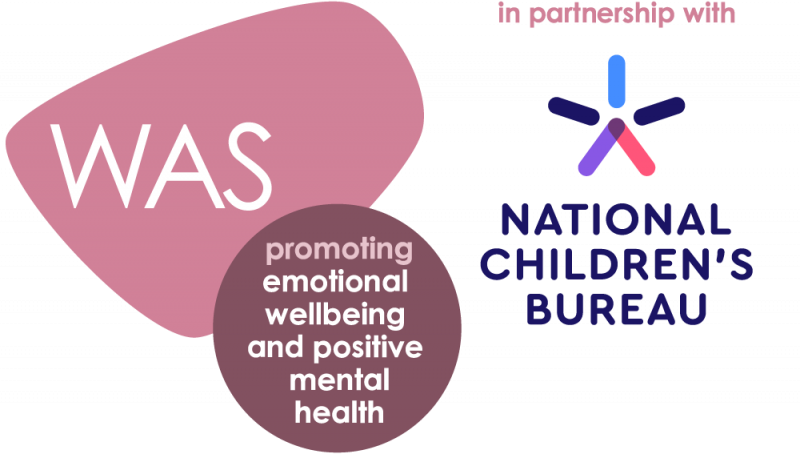Want to improve your school's mental health but don't know where to start? Follow these 10 simple steps to support the positive wellbeing of both students and staff.

Promoting positive wellbeing is central to education. After all, wellbeing is the canvas upon which students learn – it is the prerequisite for a positive educational experience.
Here are 10 simple steps for pastoral leaders that can make a huge difference in your school or college. While it can be difficult to measure the outcomes of some of these initiatives, I believe the more reinforcement that you bring to your wellbeing provision, the greater the impact you will make.
Set up a wellbeing Twitter feed and encourage parents to get involved. Get connected to great thought leaders, such as the Anna Freud Centre, Young Minds , The Charlie Waller Memorial Trust and The Mix.
Twitter also works really well for parents who are busy and might not always be free to attend a parental evening wellbeing event (see step 6 for more information).
If it's not possible to get a real wellbeing dog, get hold of a black dog statue from the charity Sane.
When we brought a black dog into our school, it was great to see how well the students engaged with it. Conversations were sparked and many discussions were had – it created quite a buzz!
The black dog brings the often invisible and hidden issues out into the open. It provides a great talking point to reduce the shame and stigma that young people (and adults) often feel in talking about mental health.
Ask your senior leaders to upskill your key pastoral staff on a youth mental health first aid course. Even better, train your own staff in house so you can deliver training to your own school and support other colleagues.
Staff will be trained in first aid for:
If this isn't possible due to funding constraints, there are some excellent books that are worth reading on this topic:
There are plenty of training courses to help you improve the mental health of your pupils. Charities such as Young Minds offer a variety of courses, including in-house training.
They also have a range of free school resources, including transition tips, talking about self-harm and dealing with exam stress.
Get connected with other pastoral leaders in local schools and share ideas and best practice. Ask local mental health charities to come in and talk at the event – you might want to focus on topics like dealing with exam stress or anxiety.
Learn from other colleagues and focus on the positives. As you build a local team you will be able to help and support each other.
See Teacher Toolkit's article for help on planning your own TeachMeet.
Encourage your parents to come into school to attend talks followed by a question and answer session. Focus on key topics, such as:
If this isn't possible, send out a wellbeing letter to parents during key points of the school year e.g. during exam periods. In my experience parents are really appreciative of such initiatives and are grateful for a few pointers, books and websites that they can turn to for advice and support.
Mark Mental Health Awareness Week in your school calender and use whatever is at your disposal: assemblies, tutor time and PSHE lessons to raise awareness of mental health and wellbeing.
Get your SLT on board and provide ready-made, ready to go resources to your staff so there is minimal preparation for them. Look out for students who are keen to help you champion these issues in school, perhaps through charitable initiatives or through your student council.
Set up some weblinks for your student body – you might be surprised by how effective this will be!
Link to key websites such as Young Minds, The Mix and Childline. A lot of help and advice is out there, so take advantage of it and help your students access it.
Topics to signpost to may include:
The NHS website also has a wealth of support and information.
Despite the fact that teachers are often dealing with complex issues that affect student wellbeing, supervision is easily neglected.
Organise a regular supervision group or staff wellbeing team for those who are at the front line or any staff who want to be involved. Give them a chance to offload and share best practice.
Look after your team so they, in turn, can look after the students!
In my experience this seems to work best when you offer this on a voluntary and termly basis. As we have trialled this initiative I am pleased to note that all staff who signed up have continued with this program and we are hoping to expand this to more staff next term.
Finally, remember to look after yourself, especially if you are the mental health lead in your school. Make sure to carve out 'you time', recharge your batteries, join a gym, get lost in a novel, walk the dog, turn the tech off and do things you enjoy.
You will be in a much better position to champion wellbeing in your school or college if you are looking after your own.
 Wellbeing for all
Wellbeing for all
Looking to demonstrate a commitment to promoting wellbeing as a fundamental part of your school life?
The Wellbeing Award for Schools will lead you through a process of self-evaluation, action planning and accreditation.
More from the Optimus Blog